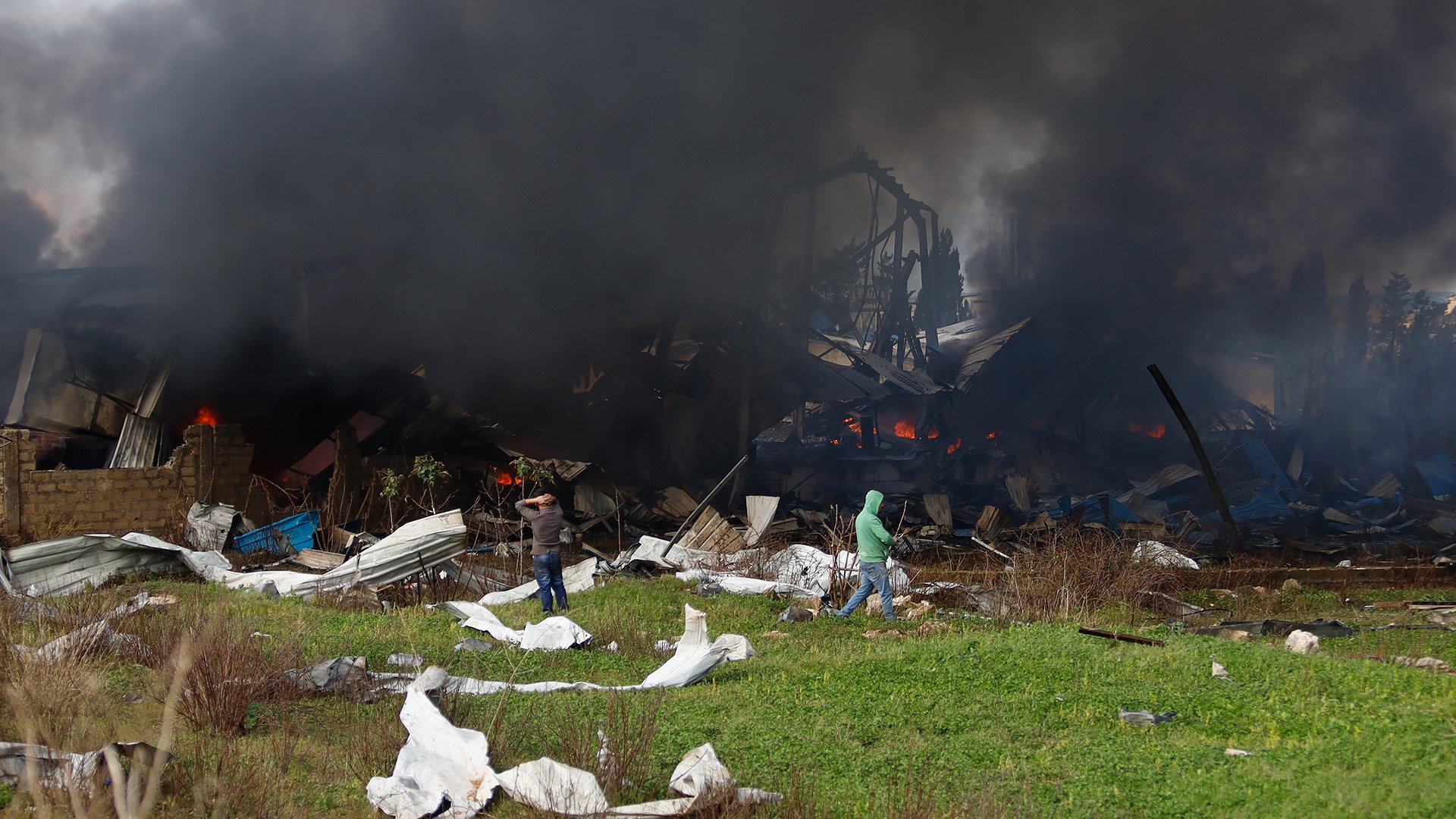
As Israel expands its air-strikes deeper into Lebanon, hitting parts of the country previously considered safe, those already forced to flee the conflict are struggling to get by without jobs or much aid, unsure where to go next if things get even worse.
Cross-border tensions between Israel and Hezbollah, the Lebanese political and militant group, have been growing since the outbreak of war in Gaza, with almost daily exchanges of fire.
But in the past few weeks, Israel has intensified its attacks on southern Lebanon, hitting targets it says are linked to Hezbollah in the southern city of Nabatieh and in the coastal town of Ghaziyeh, south of Sidon. On Feb. 26, Israeli planes conducted their deepest raid into Lebanon yet, bombing sites near Baalbek in the eastern Bekaa Valley.
According to UN figures, the violence has forced more than 90,000 people to flee their homes inside Lebanon since early October. Most are staying with host families, in rented apartments, or in collective shelters.
— Kamar Ghossn for The New Humanitarian, Feb. 29 (excerpt)
Photo: Aftermath of Feb. 19 Israeli air-strikes in south Lebanon town of Ghaziyeh, where Israel said it targeted a Hezbollah weapons depot. Credit: Egab/TNH





UN: Israeli tank killed Lebanon journalist
A UN investigation has reportedly found that an Israeli tank killed Lebanese journalist Issam Abdallah last October by firing two 120mm rounds at a group of “clearly identifiable journalists,” in violation of international law. The probe, by the United Nations Interim Force in Lebanon (UNIFIL), said it had not recorded any exchanges of fire in the 40 minutes prior to Abdallah’s killing. (TNH)
Israeli air-strikes mean hunger in Lebanon
Attacks along the Israel-Lebanon border have forced more than 92,000 people to flee their homes. Action Against Hunger advocacy group said olive trees, farmlands, and livestock have been destroyed, driving up prices and making food unaffordable for many. (TNH)